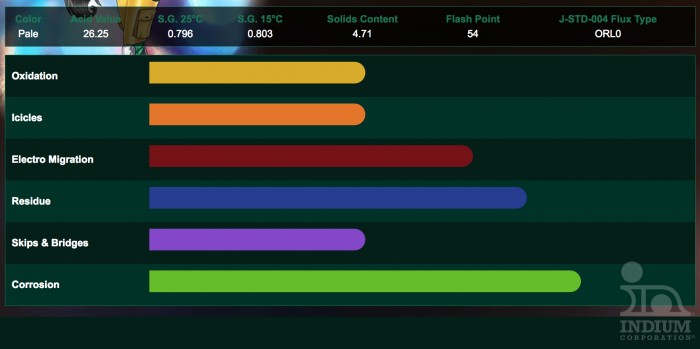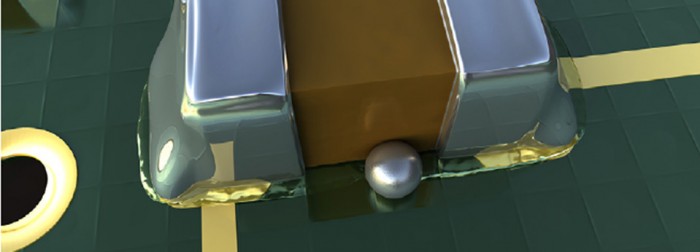 The Alchemist (WF-9955) applies her sophisticated understanding of wave soldering flux ingredients and their interactions with metallizations to defeat Oxide, while at the same time effectively protecting against Electro-migration and Corrosion. The Alchemist uses her chemical knowledge to camouflage her presence by looking invisible on the circuit board. The Alchemist is the best of the Project 99 team against Residue. The very small amount of residue that she does leave behind is virtually invisible and allows electronic test probes to pass right through to the circuit board test site.
The Alchemist (WF-9955) applies her sophisticated understanding of wave soldering flux ingredients and their interactions with metallizations to defeat Oxide, while at the same time effectively protecting against Electro-migration and Corrosion. The Alchemist uses her chemical knowledge to camouflage her presence by looking invisible on the circuit board. The Alchemist is the best of the Project 99 team against Residue. The very small amount of residue that she does leave behind is virtually invisible and allows electronic test probes to pass right through to the circuit board test site.
When left to its own devices, Residue looks cosmetically unappealing, interferes with electronic probe testing, and, when around fluxes not designed to the rigorous requirements of Project 99, can actually assist electro-migration, cause corrosion and interfere with electronic probe testing.
The Alchemist uses no rosin or halogens to accomplish her feats of soldering and invisibility.

If you would like to learn more about our Project 99 wave fluxes, or the procedures under which they were tested, contact us at [email protected]


